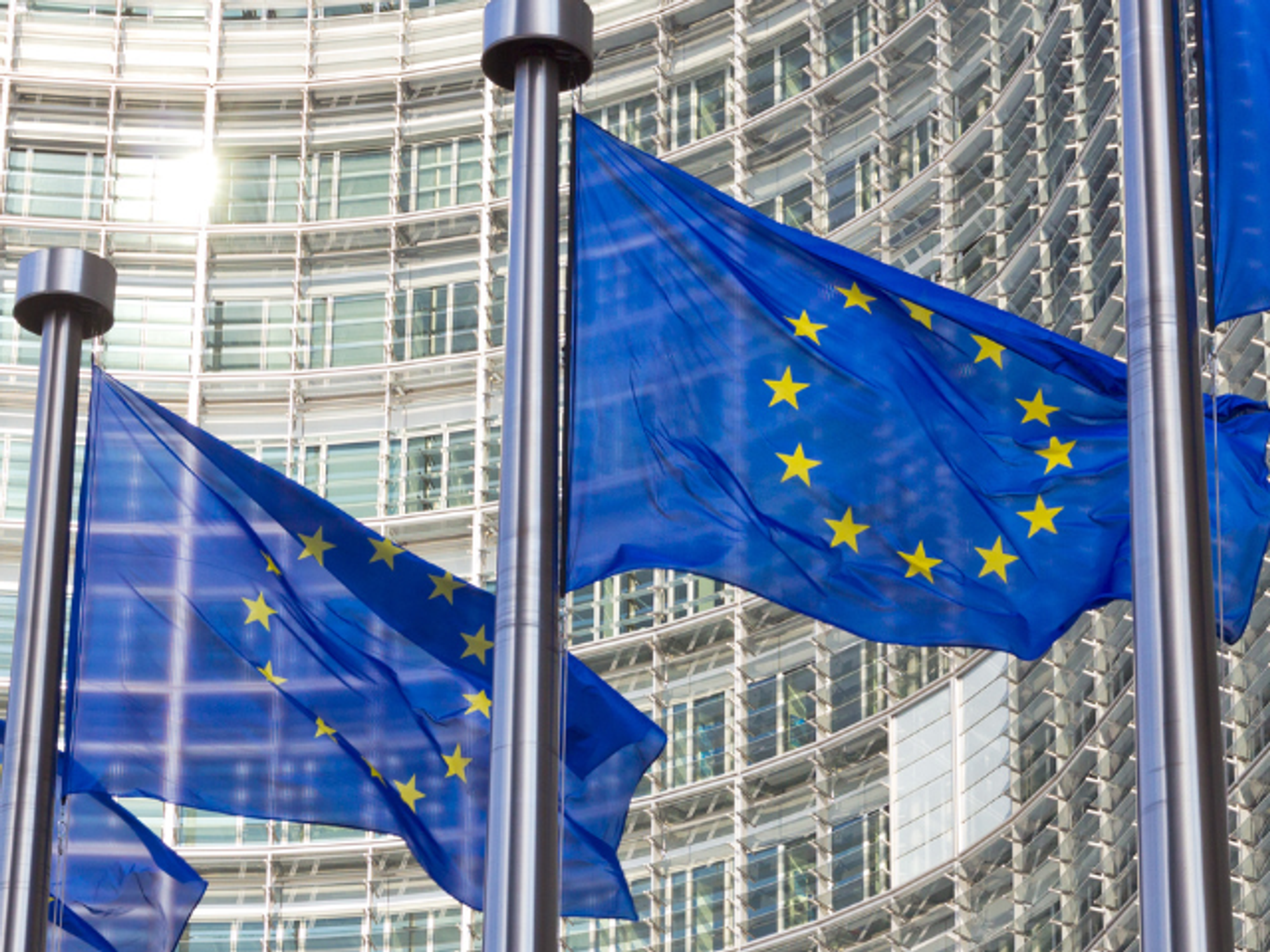What Is Sustainability Reporting?
Definition and purpose of Sustainability Reporting Sustainability reporting is the structured disclosure of an organisation’s ESG impacts. At its...
Over the past couple of years, businesses and policymakers have highlighted that some EU sustainability legislation could become overly complex and burdensome, particularly for smaller companies. The Commission proposes to reduce administrative burdens by at least 25% overall and at least 35% for SMEs. The aim is to deliver on this commitment by adjusting several pieces of legislation, including the CSRD, EU Taxonomy Regulation and CSDDD.
Let's look at what the proposed changes are for each of these:
Under the current CSRD, all large undertakings and listed SMEs must provide extensive sustainability disclosures. The proposal changes this so that only companies with more than 1,000 employees and either more than €50 million net turnover or more than €25 million on their balance sheet remain within scope. This will exclude roughly 80% of companies that would otherwise have been required to report.
Companies that were due to start reporting under the CSRD in 2026 or 2027 (so-called “Wave 2” and “Wave 3”) will see those requirements postponed by two years, until 2028. Additionally, to avoid the "trickle-down" effect, large companies (with 1,000+ employees) can now only request data that complies with a new voluntary sustainability reporting standard (VSME) designed for smaller companies.
The European Sustainability Reporting Standards (ESRS), that companies in the CSRD scope must follow when preparing their sustainability reports, are undergoing a significant change. Initially, the ESRS focused on general, 'sector-agnostic' reporting and the plan was to later introduce sector-specific standards and more proportionate rules for listed SMEs.
Proposed Changes Under the Omnibus:
If your company remains in scope of the CSRD, you will still need to report using the ESRS standards and later add digital tags to meet the ESEF requirements. If the Commission adopts the omnibus, you can also expect a simplified version of those standards. This should lower compliance hurdles and make it easier to get assurance sign-off.
If your company is not in the scope, you are free to use the forthcoming simplified voluntary standard (based on EFRAG’s “VSME” approach) and will not be asked for information beyond that when you supply data to a larger CSRD-reporting issuer.
Systematic due diligence will focus on direct (Tier 1) suppliers. Going deeper into the supply chain is only required if “plausible information” suggests an adverse human-rights or environmental impact at a lower tier.
Companies will need to carry out periodic monitoring checks only every five years (instead of annually), though ad hoc checks will be required if new information arises. Additionally, the obligation to terminate a relationship if remediation measures fail has been dropped; a company can suspend the relationship while trying to remedy violations.
Rather than having uniform EU conditions for civil liability, victims can still seek compensation under each Member State’s national law.
While the CSRD provides a framework for sustainability reporting, the EU Taxonomy defines what is considered “environmentally sustainable” in the first place. The Omnibus brings several changes:
This means fewer companies face mandatory Taxonomy disclosures, however, those that remain in scope may find the process more manageable. Voluntary reporters may still do so if they see market or reputational value in signaling green alignment.
This is still a proposal from the European Commission. It now goes to the European Parliament and the Council of the European Union for discussion and potential amendments. Once the co-legislators agree on the final text, it will become law. It will then need to be transposed into national law by each Member State before it can take full effect.
CSRD timelines
ESRS revisions
CSDDD
For companies subject to the due diligence rules, application of the requirements for the largest companies will likely be delayed to 2028. In the meantime, Commission guidelines for practical implementation may arrive as early as 2026.
The EU Omnibus proposal aims to make the sustainability regulation simpler, focusing on those companies perceived to have the biggest environmental and societal impacts. Critics worry it weakens the EU’s flagship sustainability agenda, whereas supporters praise the burden reduction for SMEs. However, these details are still being worked out and the EU Omnibus will go through a legislative process that could affect the proposed changes.
CtrlPrint is here to help you meet these regulatory challenges. The XBRL digital taxonomies (ESRS, Article 8 for the EU Taxonomy) are already available in the CtrlPrint XBRL Tagger, ensuring you have the tools you need to produce a compliant report now and in the future. Whether you're working on aligning your sustainability report with the CSRD or preparing for the ESEF standard to include the sustainability data points, we are here to help and make your journey easier.
Access the final Omnibus package on the European Commission's website here.
This post reflects our understanding of the proposed legislation as of February 2025. Details may change during the legislative process.

Definition and purpose of Sustainability Reporting Sustainability reporting is the structured disclosure of an organisation’s ESG impacts. At its...

PDF reporting only has been a thing of the past, and companies now follow the latest ESEF regulations: this financial reporting ensures transparency...

Section 1: Understanding corporate reporting 1.1 Definition of corporate reporting Corporate reporting refers to the comprehensive process of...
The EU Commission’s newly implemented Corporate Social Responsibility Directive (CSRD) has changed the ESG reporting way. The new framework is...

IFRS Financial Reporting: Strengthening Transparency The International Financial Reporting Standards (IFRS) are a globally recognized set of...

For executives, the challenge is clear: which tools offer the automation, compliance, and collaboration needed to keep pace? With a growing market of...
